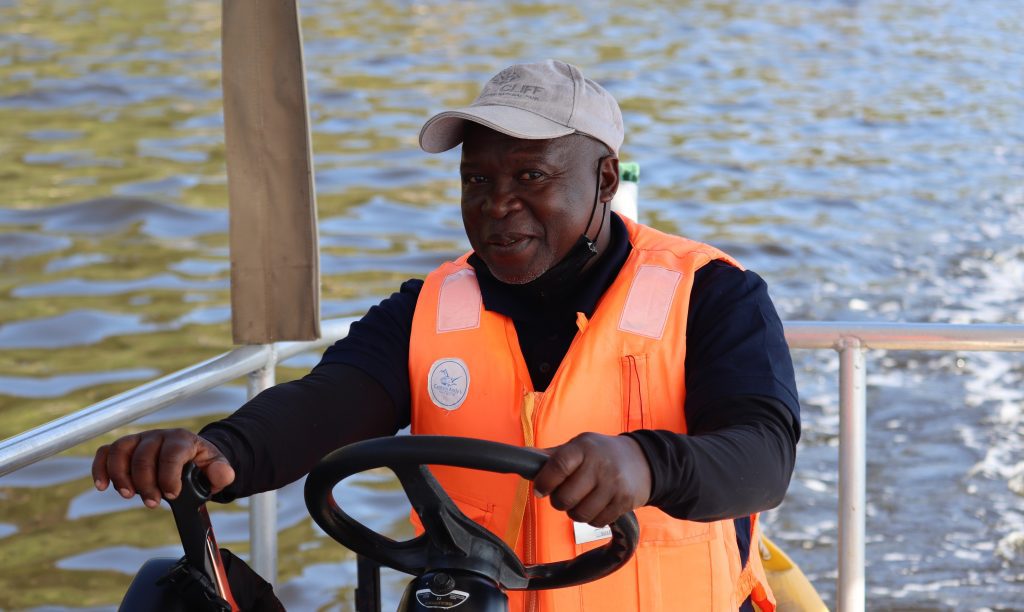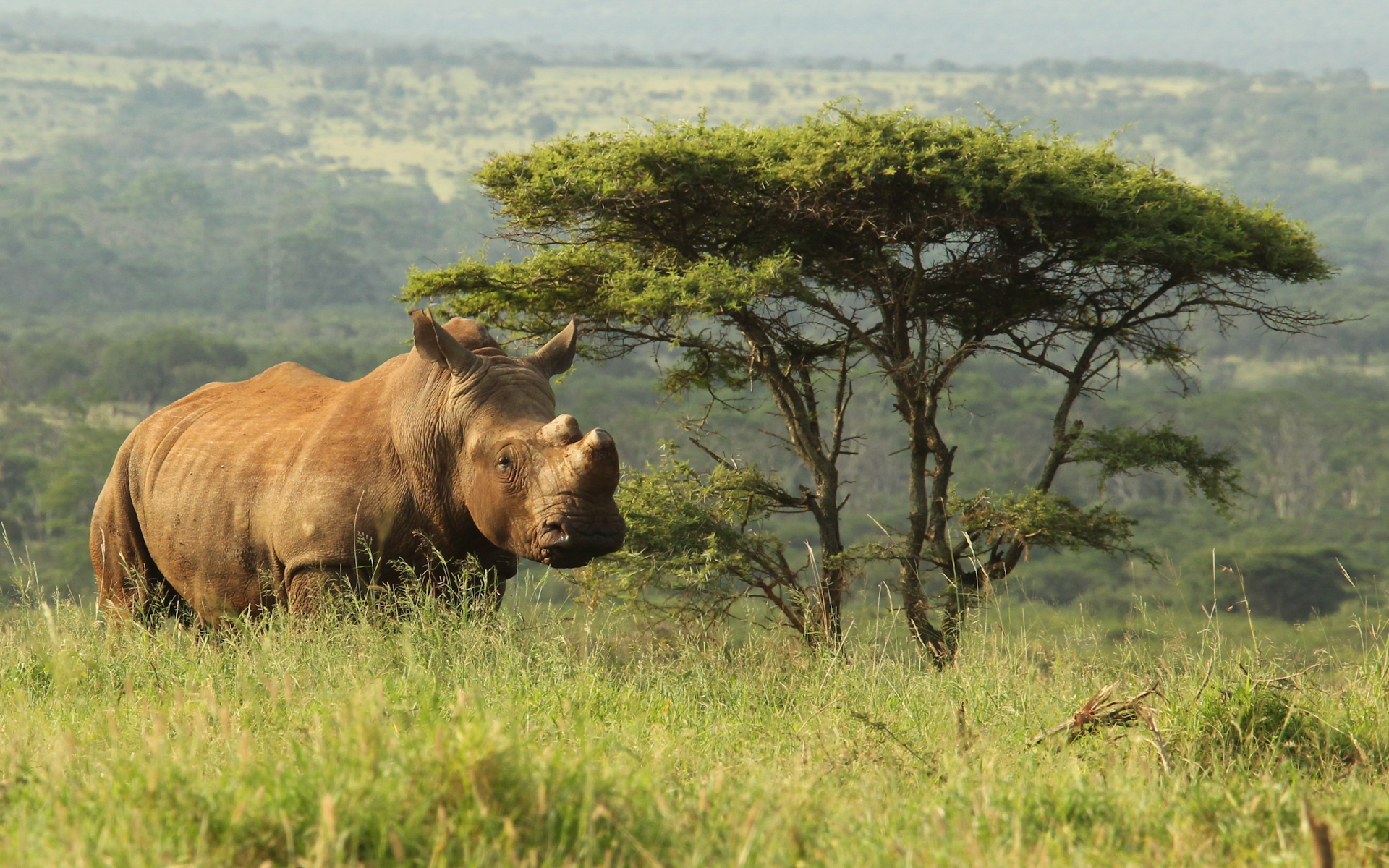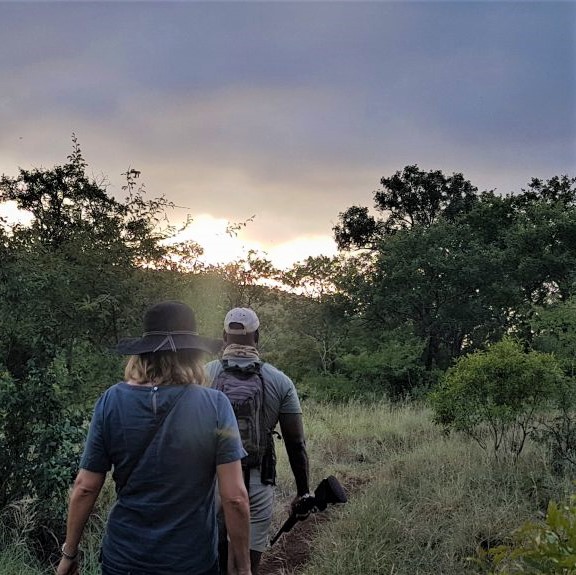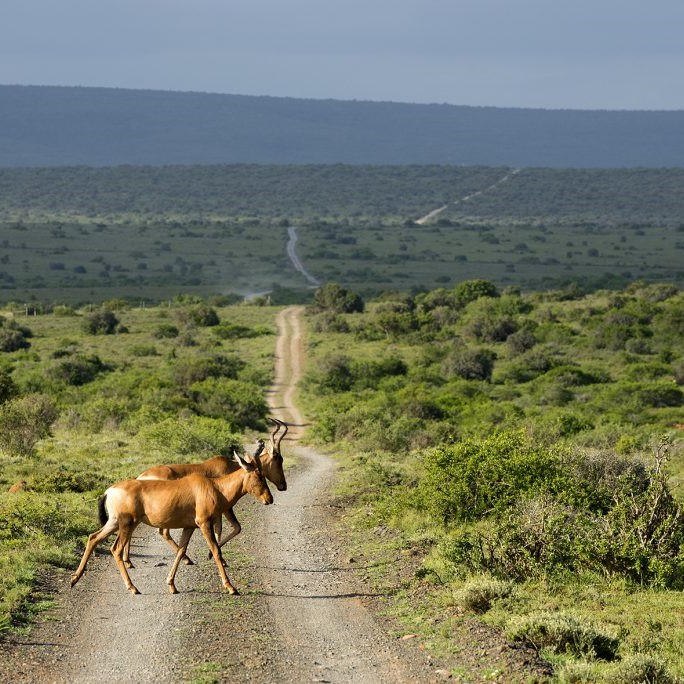Kenya’s Rift Valley region is situated about 160 kilometres northwest of Nairobi, and we were heading there… a road trip from Samburu land and the Samburu Special Five in the dry North to the lush green landscapes of the Nakuru National Park and shimmering waters of Lake Nakuru, home to thousands of flamingo, pelicans, and several other water bird species.

We drive past flat plains with extensive cattle and game ranches and pause for the obligatory stop at the Equator – and yes, the water does swirl in opposite directions depending which side of the invisible line you are on. A delightful young gentleman invites us to shop, while another stands by idly.



Skirting the top edge of the Aberdeen National Park, I breathe deeply as the fresh fragrance of the Aberdeen Forest fills the air. We sweep past fields of wheat and maize, and row upon row of tea bushes – both green and purple, the purple colouring apparently due to the presence of super-antioxidants called anthocyanins, as well as several coffee plantations.
Another pause has us taking in the view of the famed Great Rift Valley, the intra-continental ridge system that extends from Ethiopia in the north, through Kenya and onwards to Tanzania in the south. Distinctly visible from outer space, this extensive valley is dotted with series of lakes, loosely strung together like an aged pearl necklace. And we are heading to one of them, Lake Nakuru!

It is said to have been formed about two million years ago, during the volcanic activity that created the Great Rift Valley. Lake Nakuru, which covers an area of approximately 45 square kilometres, is famous for its pink flamingos, a sight that has made it one of Kenya’s most popular tourist attractions – and one I was exceptionally excited to experience.
A rain shower welcomes us to the city of Nakuru, the informal traders on the outskirts rush to cover their wares and pedestrians hurry to escape the rain. The streets are busy and John (our driver and guide from Paws Africa Safaris for the duration of our Kenya trip) tells us that Nakuru is the transport and commercial centre for west-central Kenya. We head away from the busy city centre, past a selection of small shops, homesteads and agricultural land and before long reach the entrance to the National Park.


Lake Nakuru National Park is one of only two fully fenced national parks in Kenya and was established as a rhino sanctuary in 1984 in an attempt to address the drastic decline in numbers across Kenya due to poaching. Several black and white rhino were donated and relocated to the sanctuary, and as their population has grown many have been able to be relocated to other parks within Kenya and beyond. In addition to almost being guaranteed a rhino sighting, most visitors head to Lake Nakuru to explore the park’s incredible avian diversity, and is home to over 450 bird species, making it one of the best birding destinations in East Africa.


And nestled in the heart of Lake Nakuru National Park, the Sarova Lion Hill Game Lodge offers the perfect base from which to do both.
Upon arrival we were greeted by breath-taking views of the surrounding bush and the glittering waters of Lake Nakuru – the rain had passed, and the sun’s rays were breaking through the clouds. Perched atop a hill overlooking the lake, we had the perfect vantage point from which to spot the park’s incredible birdlife, but our immediate task was a quick late lunch before heading out on an afternoon game drive.
The scenery is spectacular, and the varied terrain – from the vast soda lake with its shallows, mud flats and swamp to the forests of fever trees (Vachellia xanthophloea) and surrounding woodlands interspersed with grasslands. Added to this are the impressive cliffs that tower over the lake offering fantastic lookouts. But it was the ‘same but different’ wildlife and bird species that had me peering into the bush with much anticipation!

We drive along the lake edge, a flotilla of great white pelicans’ glide between the drowned trees, glades of fever trees glisten in the late afternoon sun and defassa waterbuck graze the lush grass beneath – they seem woollier than the common waterbuck, and instead of a conspicuous white ring, they have wide white patches on either side of the rump. Flamingos, pelicans, and a myriad of other water birds line the shallows of the lake, a crash of white rhino laze under a tree and a pair of grey crowned cranes prance around in a mating dance. Egyptian geese squabble and masked weavers build frenetically and a speckled mousebird lands clumsily on a bush.



Back at the lodge we finally check in to our spacious well-furnished rooms with all the modern amenities one would expect for a comfortable and relaxing stay. I notice the Sarova branded glass water bottle – straight from their state-of-the-art water filtration and bottling plant, just one of the many Sarova environmental sustainability initiatives – they work closely with the local community to support conservation efforts in the park, and the lodge uses solar energy to power its operations, conserves water, and supports local communities through various initiatives.


After a delicious buffet dinner, complete with local favourites like sukuma wiki, made from a green leafy veg similar to kale, yummy mutheri, a stew of delicious beans and maize, and of course delicious chapati (flatbread) a Kenyan staple derived from Indian cuisine. A nightjar serenades as I head back to my room… it’s a different call to the fiery-necked nightjar from home, and a spot of Googling later has me deciding on the Eurasian nightjar, its call serenading me to sleep.
The best way to experience the flamingos and pelicans on Lake Nakuru are from the water, so that’s where we were heading – a morning breakfast cruise with Cliff Boat Safaris. But not before a brief sighting of a slightly bedraggled lion before he sauntered off into the thick bush.


The lake was first gazetted as a bird sanctuary in 1960 and was later designated as a national park in 1968. In 1990 it was declared as a RAMSAR site, in 2009 as an important Bird Area, and in 2011 as part of the ‘Kenya Lake System in the Great Rift Valley’ World Heritage site. Over the years, Lake Nakuru has become an important conservation area, and I felt exceptionally privileged to be crossing its waters in the luxurious Seaduction, fully kitted with swivel seats and binoculars, to get an up-close view of the lake’s magnificent birdlife.

The park is particularly famous for its flamingos, which are attracted to the lake’s algae-rich waters, but they aren’t the only birds that can be seen at the lake; over 450 species of birds have been recorded in the area…
From the jetty we see dozens of great white pelicans, in formation and going tail-up as they fish for tilapia, a great egret poses elegantly on a dead stump, marabou stork give us the hairy eyeball, and the iconic call of a fish eagle pierces the air. Aah, I do love Africa!


We glide along the water’s edge, a striated green heron on a low branch waits patiently, as does a black-crowned night heron; pied kingfishers pierce the water and resurface, in one fluid motion and a great cormorant suns itself, wings widespread. Sulaiman, our skipper, heads us into the open waters of the lake and Mary our guide sets out our brunch – delicious sweet and savoury snacks accompanied by a glass or two of bubbly.




I ask Mary about all the submerged and dead trees, and she explains that this is because of the higher water level due to movement in the plate tectonics, that is resulting in underground cracks and the subsequent water seepage. Adding to this is the rising silt brought into the lake from erosion upstream. It is also why the flamingo numbers are reduced from the millions of yesteryear to the thousands in more recent years as they need shallow algae-rich waters to feed.

We transfer into a smaller craft to enable us to navigate the shallower waters to get closer to the action – thousands of flamingos create a sea of pink on the shallow sand banks, complemented by the swathes of great white pelicans. Within their numbers are grey-headed gulls, egrets, more cormorants, and several smaller aquatic species. The blue grey of the distant hills a contrast to the starkness of the dead trees and the colour on the lake’s edge. It is a spectacular sight!




We glide by slowly, there is much flapping of wings and squawking from the pelicans, the flamingos seem to march in step, their spindly cerise legs supporting their pale pink bodies. I smile as a few outliers remain with their heads down, determined to feed. A few fly off and settle again on a distant sandbank. Too soon we head back to the Seaduction for a slow cruise back to the jetty.
Mary tells me that Cliff Boat Safaris offer a selection of other cruises – a popular one with birders being their birding and photographic safaris, available as half, or full-day experiences, both with early morning departures to make the most of the light and when the birds and other wildlife are most active.
John meets us back at the jetty and we take a slow game drive back. We pause on a rocky outcrop to admire the view over the lake, buffalo, and eland graze together on the grasslands, a Rothschild giraffe nibbles on the tender new growth of an acacia (now called either Senegalia or Vachellia depending on the shape of its seed pods), and an Auger buzzard circles overhead. Plains zebra graze in the distance and warthogs scamper past us, their tails in the air like aerials.


Our afternoon drive is all about the birds. We pause on the lake’s edge for a different perspective of the flamingos and pelicans – both great white and the smaller pink-backed. Marabou storks, spoon bills and several yellow-billed stork, grey herons, an assortment of plovers as well as black-winged stilts and a couple of pied avocets – and I’m sure there were several more species that I missed. We pause for a white-browed coucal perched ungainly in a thorn tree, we see both the long-tailed and greater blue-eared starlings, and a flock of gregarious green wood hoopoes ferreting around in the bark of a tree looking for grubs.

Not being one to ever miss a game drive, I was determined, despite our 10am departure to be up and out early. We had barely left the lodge when John points out a spotted hyena on the water’s edge, a short distance away a black rhino barges in to disturb a lion as he tugs on the remains of his buffalo kill… his brother, already satiated, lies alongside the lake. We watch their interactions and after a while the black rhino, loosing interest saunters off.


A troop of olive baboons huddle together in the cool morning air, babies cling to their mums and amorous antics take place on the side. Thompsons gazelles stand alert as a pair of black backed jackals scamper past, grey crowned crowns (perhaps the ones that we had seen previously) take umbrage at their presence, as do a flock of Egyptian geese. A trio of white rhino awaken from their overnight resting spot and lumber down to the lakes edge to slake their thirst.

What more could I ask on my first visit to this spectacular birding, and wildlife destination in Kenya?
Read the story in Responsible Taveller digital mag HERE




































